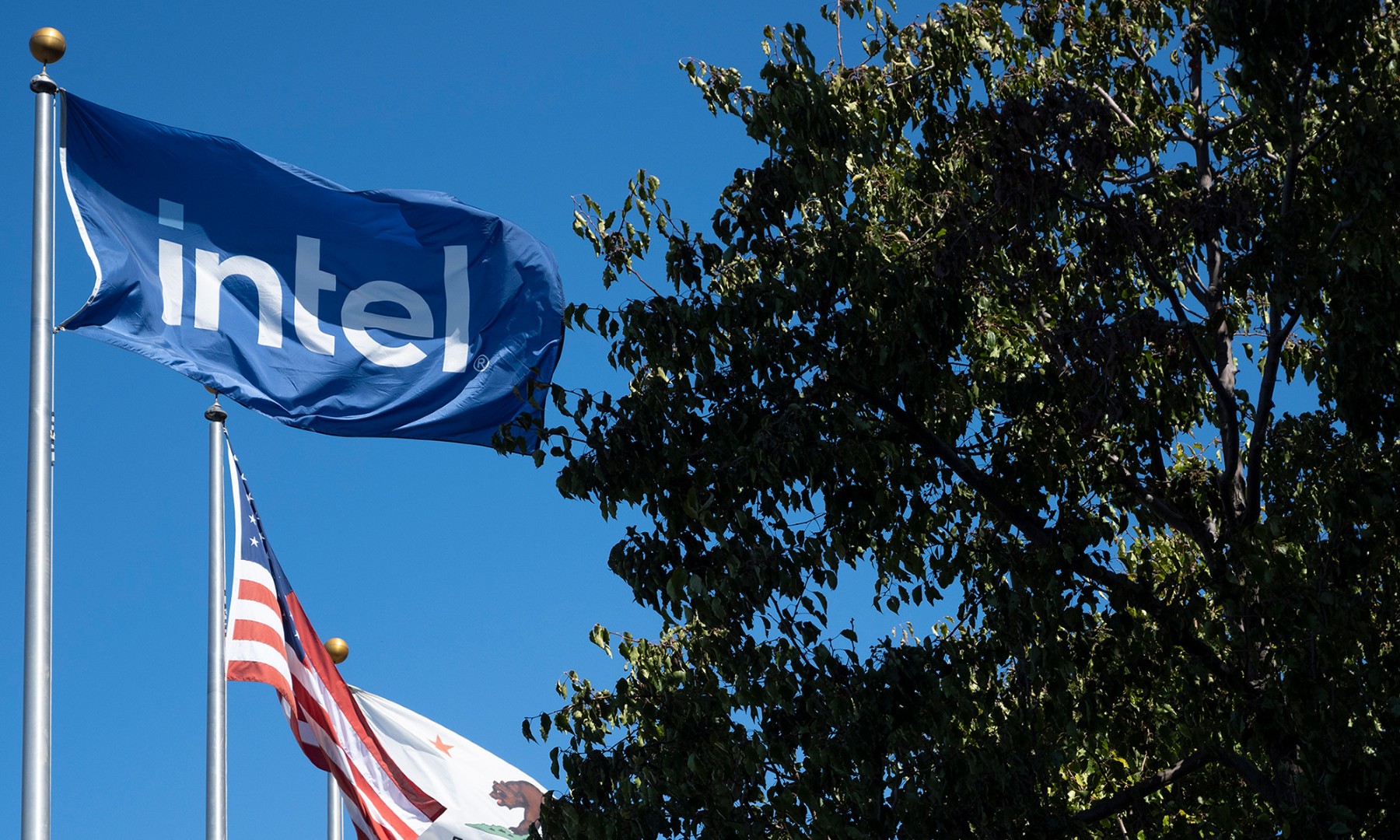Much of the focus around Intel's (INTC 3.38%) mobile strategy has centered on the company's efforts to build competitive applications processors and cellular chipsets. In fact, at last year's investor meeting the company explicitly highlighted its applications processor roadmap and its stand-alone modem road maps, helping investors to get a better sense of Intel's competitive positioning along these vectors.
However, one thing that I'd like to see Intel really talk about at its Nov. 20 investor meeting is its connectivity roadmap. By "connectivity" I don't mean "cellular connectivity," but instead items such as low-power Wi-Fi, Bluetooth, NFC, and so on. Although such components aren't as "flashy," they're an integral part of the "complete platform" that many mobile device vendors are looking for.
Having competitive connectivity is critical to the low-end and mainstream
At the high end of the mobile device market, chipmaker Broadcom (NASDAQ: BRCM) is widely regarded as having the best Wi-Fi technology. High-end smartphones and tablets from the likes of Apple (AAPL 1.06%) and Samsung (NASDAQOTH: SSNLF) routinely feature Broadcom connectivity chips, and Broadcom's CEO Scott McGregor is on record stating that he doesn't expect that to change in the future.
That said, while at the high end, smartphone vendors will "mix and match" applications processors, basebands, and connectivity, in the midrange and low end, it is well known that handset vendors prefer to have the entire platform supplied by one chip vendor. This is why, if Intel wants to gain traction in a good portion of the smartphone market, it needs a roadmap of competitive low-power connectivity solutions.
What does the competition have?
Qualcomm (QCOM 2.15%) is widely acknowledged as the world's leading vendor of so it's worth taking a closer look at what it currently offers with its low-end and midrange product tiers with respect to connectivity.
According to Qualcomm's website, the entry-level Snapdragon 410 integrates the digital portions of its Bluetooth 4.0 solution and its 1-stream 802.11n Wi-Fi solution. Additionally, the 410 seemingly integrates a GPS solution. NFC is apparently done on a separate chip.
The Snapdragon 615, Qualcomm's latest midrange-focused part, integrates what the 410 does, but includes the digital portion of a 1-stream 802.11ac Wi-Fi solution instead of a slower 802.11n solution.
What does Intel have today?
To my knowledge, Intel is not yet shipping any low-power Wi-Fi solutions today. However, an Intel Free Press article published in February did talk about Intel's "first low-power Wi-Fi and Bluetooth combo solution for phones and tablets."
More relevant to the low end and midrange, though, is what Intel is doing with its SoFIA 3G and LTE chips. Although Intel hasn't talked too much about the specifications of these products, the company did present the following slide:

Source: Intel
Notice that Intel has integrated the cellular baseband processor in the same die as the applications processor. However, it seems that the entirety of both the GPS and connectivity solutions are integrated into the separate RF chip. It's also not clear what features the Intel connectivity solution here provides or how it performs relative to the competition in the real world.
What I want to see Intel show going forward
At the upcoming investor meeting, I would like to see Intel talk about its smartphone chip roadmaps from a full platform perspective. This is particularly important as I believe that Intel's difficulties in the smartphone market has been more due to its inability to provide the complete platform rather than the performance characteristics of its processors.
Intel already talks about its system-on-chip plans, and it has been talking a lot more about its cellular modem roadmap lately. It's now time for the company to open up with respect to what it's doing with its connectivity solutions. If Intel can give a complete picture of what its chip roadmap looks like across all of these different vectors, then I think it'll be easier for investors to gauge the company's chances of medium-term to long-term success in the smartphone and tablet markets.






